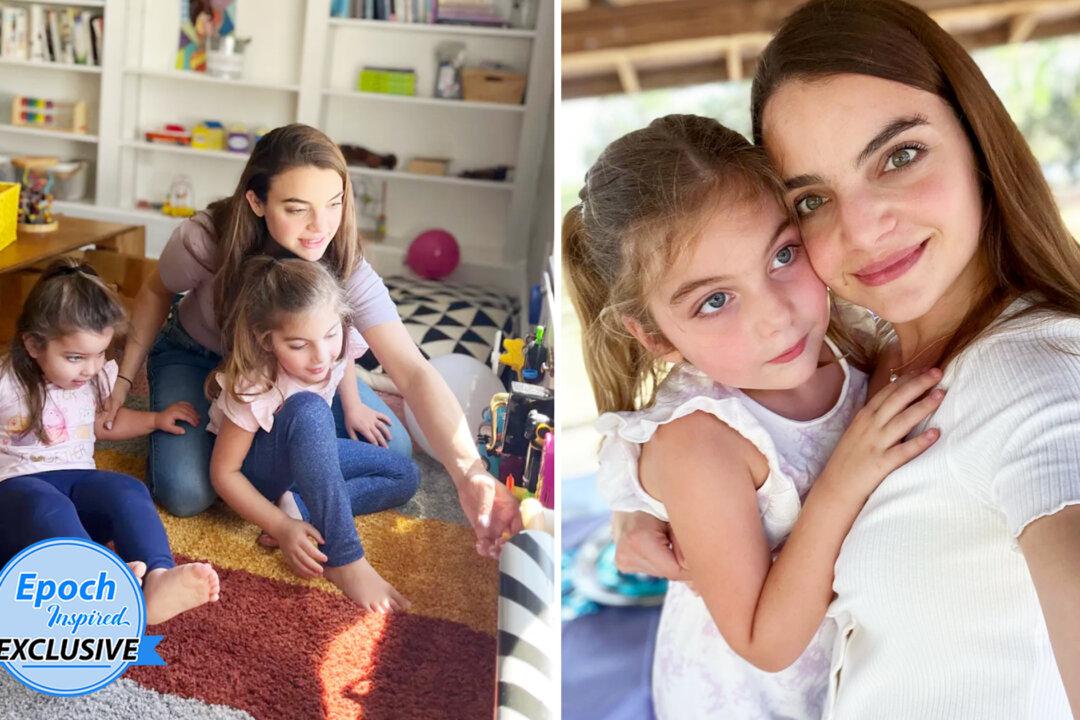After learning that she didn’t need any formal qualifications to homeschool her daughter with autism, this Florida mom created a child-led learning space at home and saw her daughter thrive. Now, she’s reassuring other parents that they can do it too.
“Society has told us you are not qualified to teach your child, only educators are,” mom-of-two Fiorella Acosta Perkins of Tampa told The Epoch Times. “That’s just simply not the case; homeschooling has been around a lot longer than public school has.”





